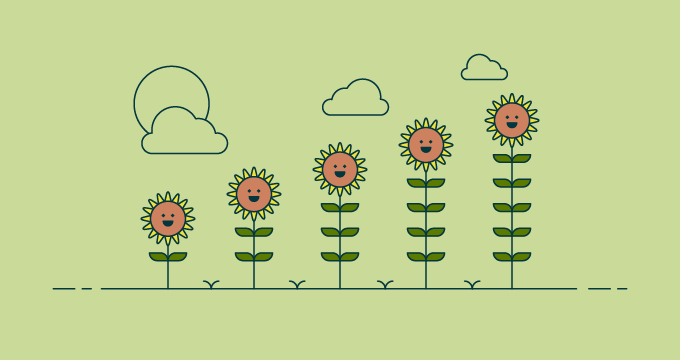If your company is growing, your organisational structure is probably getting more complicated. You may be expanding your customer service team and wondering if you’re doing it right. At Zendesk, we’ve wrestled with this issue during our own cycles of rapid growth. Examining what would be best for our agents, as well as our customers, we developed an organisational structure for our team that flexes to our growing business. Read: How to structure your customer support organisation to learn more.
Today, our Global Customer Advocacy Team comprises over 250 people in eight different locations around the world. Rather than just add bodies to one vast pool of agents, we’ve purposefully structured this team to accommodate customer support tiers. Why? Experience has taught us that to be truly customer-driven, we need to structure our support team around specific skills and levels of experience. Our three tiers correspond to the complexity of customer issues. Generally speaking, the more complex the problem or question, the higher up the tier structure it goes.
Why should you move to tiers?
We moved to a tier system for several reasons. First, company growth and the massive uptick in ticket volume required that we make changes and move to strategically address customer needs. As the complexity of customer inquiries increased, it was clear we needed a system for addressing a range of issues. But just as important was our agents’ satisfaction on the job. If you want to retain customer support agents, you need to ensure the job they’re hired to do is one they can do well. That means finding ways to streamline the ticket process, match them with issues they can quickly resolve, and make sure they’re not overloaded.
Creating tiers has another advantage: it gives agents flexibility and opportunities for advancement while staying in a customer-facing role. This increases agent satisfaction and retention. Losing agents because of poor job satisfaction hurts your department and it hurts your company’s bottom line. There’s no reason to settle for this when you can devise an organisational structure that supports advancement while also serving the customer better.
Just as important as how you’ll structure your growing team is how you’ll recruit and hire the right kind of agents. Over the years we’ve developed a well-defined outline of the kind of person who’ll succeed in a customer advocacy role. We’ve identified what skills and personality types excel in this role. Empathy, perseverance and patience are just some of the traits we look for. Understanding the specific personality types that succeed in customer service makes the recruiting and hiring process go that much smoother.
Types of support tiers
At Zendesk, each customer advocacy tier is associated with specific tasks and level of support. Tier 1 agents are the first point of contact and handle anything that relates to the product, from an overview of how it works, basic set up, and billing issues. Tier 1 issues are meant to be handled quickly, a process helped by assigning more advanced agents the role of triaging and assessing tickets to they’re routed to the right person.
If a ticket is going to take 15 minutes or more to handle, it moves on to Tier 2. This is the team that handles more complex issues that require in-depth knowledge of the product or a deeper technical understanding of it. Issues should take 30 minutes or less to resolve. Things like resolving issues related to uploading data, making add-ons or companion products interact properly, and anything else that requires a deeper facility with the underlying technology.
Tier 3 is the highest level of technical support, tackling the toughest issues. At Zendesk, this team handles the tickets that have been escalated from Tier 2 (usually 5–10% of the total ticket volume). These tickets have no time limit for resolution; they take as long as they as take to resolve. They’re often challenges that are one-offs with no precedent, and may require new products or infrastructure to resolve. This team also vets all issues that need escalation to the software development team, tests the fixes put in place by the development team, and then resolves the issue for the customer.
